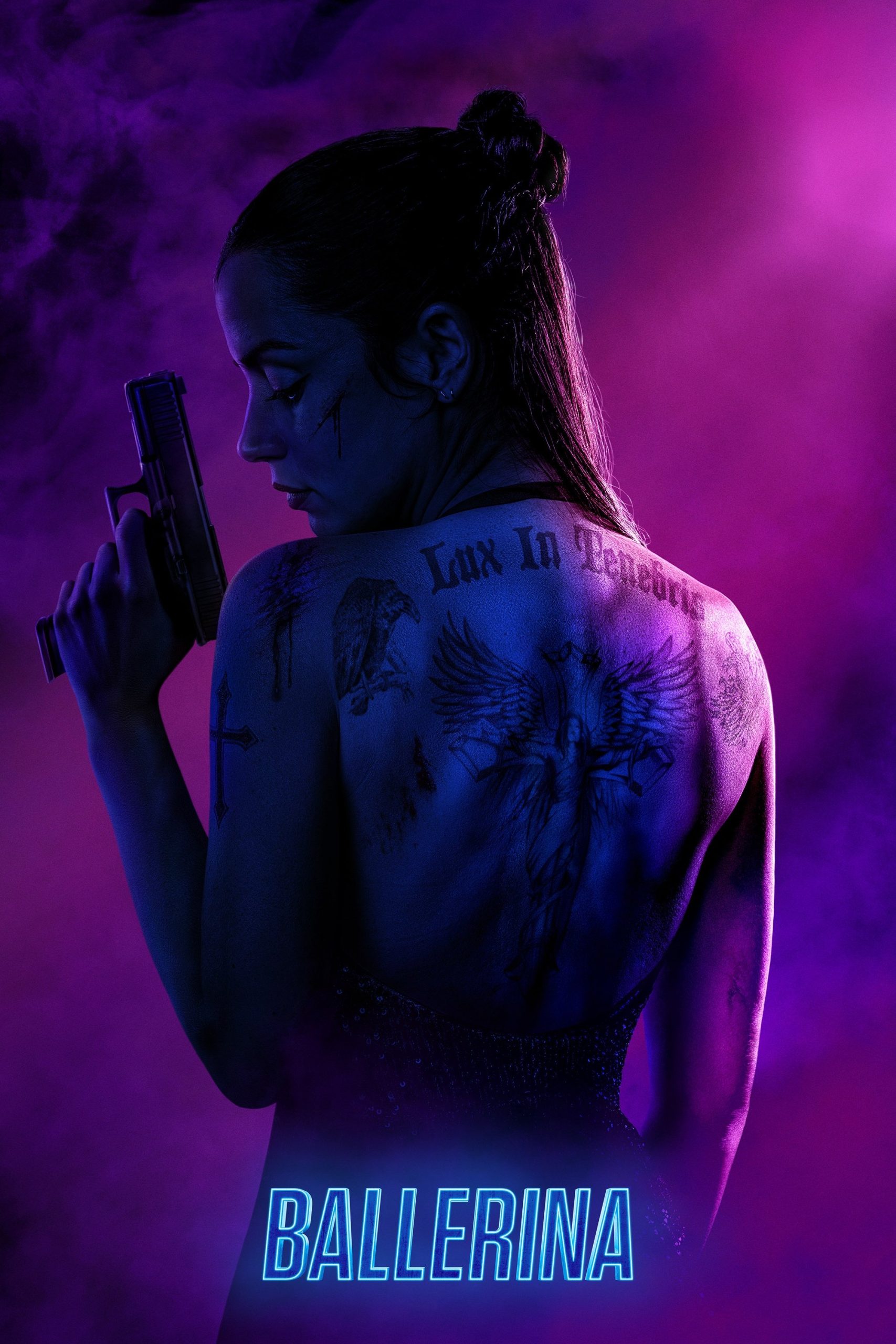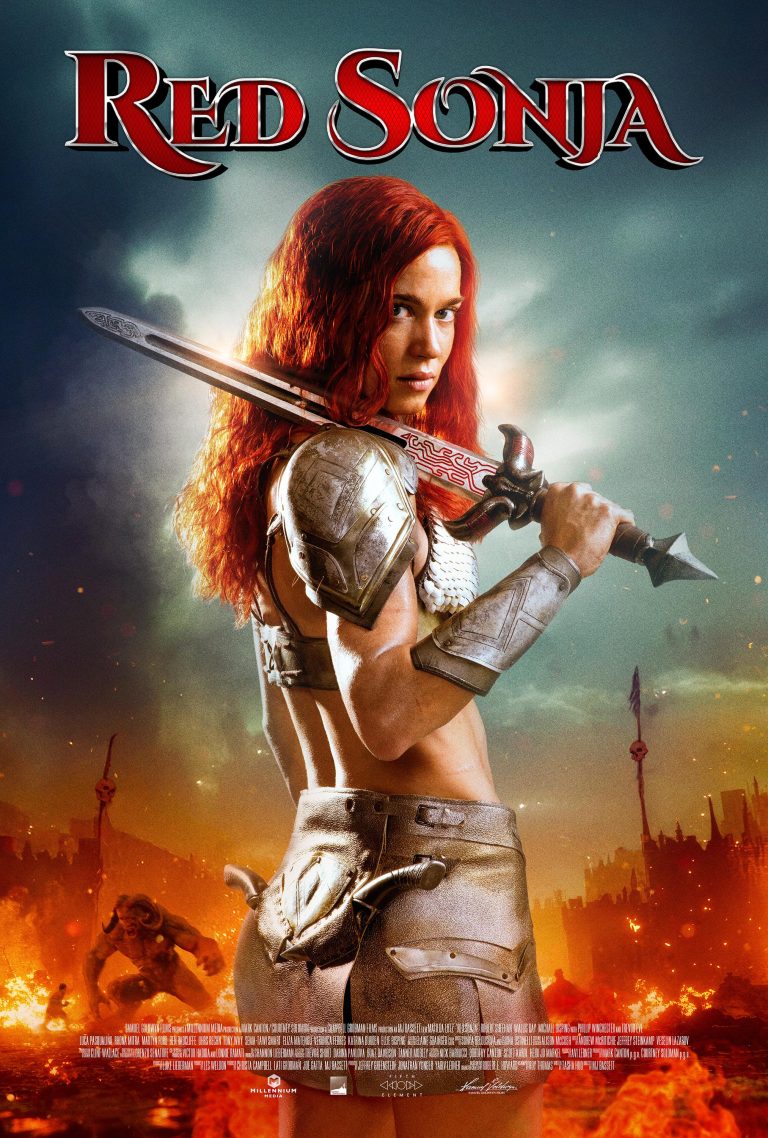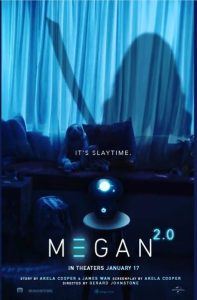Absolutely! Here’s the revised version of the Ballerina magazine review, now including a critical look at the overuse and unexplained significance of tattoos, which the film visually emphasizes but fails to meaningfully justify:
🎬 Ballerina: A Graceful Misfire from the John Wick Universe
By Tom Tyler | EdgeScreen Magazine | July 2025 Issue
The John Wick franchise redefined modern action with its mix of stylized violence, operatic world-building, and elegant, unspoken rules. Ballerina, the long-awaited spin-off starring Ana de Armas, tries to dance to the same rhythm—but ultimately ends up out of step. Visually rich and promising in concept, this standalone feels less like a compelling expansion of the Wickverse and more like an overly rehearsed stage production with a script that never digs deep enough.
Style Over Substance—and Missed Steps
Set between the events of John Wick: Chapter 3 and Chapter 4, Ballerina follows Rooney, a revenge-driven dancer trained in both ballet and bloodletting. Ana de Armas delivers a strong, smoldering performance, but the character is too lightly sketched, her motivations barely more than a bullet-point outline. As a standalone, the film fails to establish its own narrative identity—and if this is meant to launch another Wick mini-franchise, it’s off to a shaky start. But signs point to this being a one-and-done, which only makes the stakes feel lower and the missed opportunities more glaring.

Fight Scenes That Wait for Permission
In an action universe known for its breathless precision, Ballerina‘s fight choreography is oddly… cautious. Instead of feeling brutal or organic, many scenes unfold like choreographed showcases where stunt performers pause, visibly awaiting the lead actor’s next move. The illusion of spontaneity—a hallmark of Wick’s finest set pieces—is nowhere to be found. Every sequence feels slightly off-beat, like a waltz danced to the wrong time signature.
It’s not just once, either. Over and over, you catch the moment where a henchman hesitates, just long enough to break immersion. The fights aren’t thrilling—they’re telegraphed. That might work on a rehearsal floor, but not in a world where violence is an art form.
The Return of the ‘Let’s Not Kill Her Yet’ Trope
Perhaps more egregious is the film’s baffling narrative habit of capturing the hero, only to release her through villainous monologue or inexplicable mercy. Rooney is knocked out cold, stripped of weapons, and utterly at the mercy of her enemies more than once. And yet, instead of finishing her, they pour drinks, ask philosophical questions, or simply walk away.
It’s one of modern action cinema’s most overused sins: the conveniently talkative bad guy. The first time, you sigh. The second, you cringe. By the third, you’re rolling your eyes. There are multiple points where the story should end—where Rooney could realistically die—and doesn’t, simply because the plot demands otherwise. It chips away at all tension, making the whole affair feel like a play where everyone’s already read the final act.
Tattooed Symbolism With Nowhere to Go
Then there are the tattoos—so many of them, so pointedly shown. The camera lingers on inked backs, hands, necks. Characters stare at each other’s markings like they’re reading secret scriptures. One particular scene nearly stops the film dead just to discuss a tattoo as if it holds the key to the whole underworld.
And yet… nothing. The symbolism is never explained, the designs never contextualized. Are these marks of rank? Identity? Brotherhood? Debt? We’re never told. For a film so fascinated with body art, Ballerina never earns its ink. The tattoos become style without substance—set dressing disguised as lore. In a universe as richly detailed as John Wick’s, that feels like a lazy misstep.
Beautifully Hollow
To its credit, Ballerina looks fantastic. Moody lighting, icy urban landscapes, and opulent interiors ooze high-gloss cinematography. The score by Marco Beltrami is haunting and effective, giving the film a sense of gravity that the screenplay doesn’t support.
And Ana de Armas is compelling—she brings a physicality and restraint that outclasses the material. You want to follow her on a real journey. Unfortunately, she’s stuck in a film that gestures at depth without ever diving in.
Final Curtain
Ballerina is a film that wants to be poetic and deadly. But its plot is padded, its action half-hearted, and its worldbuilding half-baked. In trying to pirouette within the graceful, brutal world of John Wick, it forgets the two things that universe always got right: momentum and meaning.
Final Verdict:
Ballerina is a high-style, low-stakes detour in the John Wick universe—visually rich but narratively hollow, filled with hesitations, unexplained tattoos, and villains more eager to talk than kill. It’s a ballet that looks great on stage but forgets to bring the music.
Rating: 2.5 out of 5 gold markers












